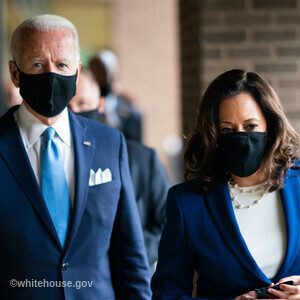As the media landscape grows more unstable, journalists are pushing to unionize, but this isn’t the first wave.
Most recently, the editorial staff of financial news site Quartz announced that they will unionize. Many of today’s journalists have turned to unions to help tackle age old issues such as low wages, poor benefits and long hours. But while there are a few differences between today’s unionization efforts versus the unionization efforts of the 1930s, a lot of journalists’ concerns have remained the same decade after a decade.
The power of social media has become the most important tool at the disposal of unions. It has allowed employees to organize and communicate discreetly, and openly. It has allowed organizers to quickly gain support within and outside of their respective companies and has helped organizers secure public funding. It also allowed for instant backlash for executives if it looks like they decide to fire journalists for supporting a union.
Just look at the firestorm that Buzzfeed CEO Jonah Peretti found himself in when he declined the invitations to negotiate and recognize the Buzzfeed News Union.
Another major difference with today’s unionization efforts is that today’s journalists have often focused on the issue of diversity and insuring more inclusive work environments that include LGBTQ journalists, women and people of color.
But one issue that has remained prominent through the years is the salary disparity. In a union study conducted by The Asian American Journalists Association, it was uncovered that unionized white men earned the most of any demographic and held most of the high-paying positions in the newsroom. The Wall Street Journal’s union found salary disparities among employees with similar years of service in their current role.
Many unions said the pay disparities in their newsrooms were a result of larger optional raises going to white men than women and people of color. But a lack of diversity in top positions could play a role in persistent pay gaps.
One of the most important reasons why organizations opt to unionize is for job security. Surprising layoffs at publications such as Mic and Vice led to both companies unionizing to protect their jobs and not having to worry about being fired without notice. While both unions yielded great results with Vice setting $45,000 minimum for its writers and Mic writers receiving regularly scheduled raises, a 401(k) match and a commitment to diversity, job security isn’t necessarily promised.
Back in March, New York Magazine announced a restructuring and staff reduction, which impacted eight full-time and 16 part-time NewsGuild union bargaining unit members.
Even today, many journalists are facing the same difficulties that they encountered back when Newspapers were originally starting to unionize in the 1930s. Issues of low wages and job security are still prevalent and don’t seem to be going away anytime soon.






